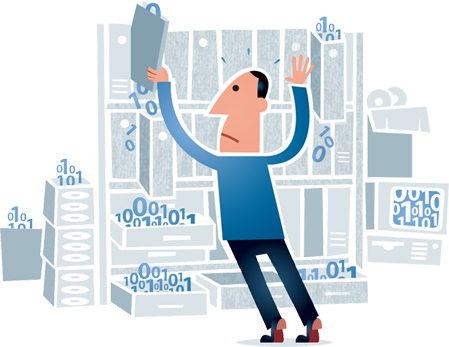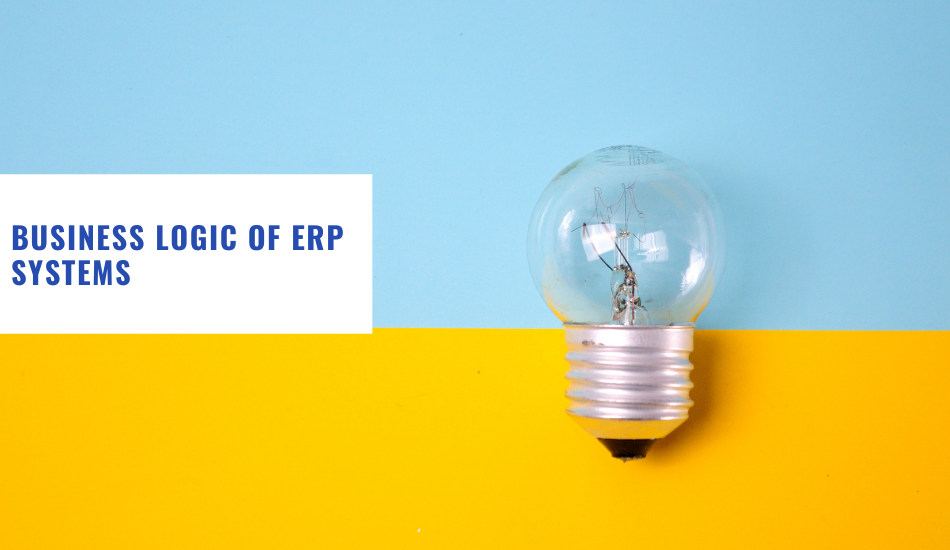Business rules are a relatively new addition in the field of Enterprise Resource Planning. Business logic is relatively considered the new addition in Enterprise Resource Planning (ERP) systems. It is considered a different kind of business information system development in the market.
There have been some extra relevant enhancements to the existing business information systems. Also, engineering methods were introduced in the market. However, there are still many open issues about how the business logic may be used with improved qualitative and quantitative attributes with the help of such kinds of information systems that are coming up every day with improved features in the market.
Many companies in the market regularly discuss the existing business logic and information systems. Also, with the engineering issues arising out of context and using the business rules approach. When understanding the business logic in the ERP system, a person may also be introduced to several ways of business rules. These aim to ensure ERP systems development agility and are based on running several types of research in business logic.

To better understand the business logic in the ERP systems, close attention to the following points is to be paid.
Introduction and Problem Statement
The issues related to the Software Systems (SS) development and its implementation into the Business Information Systems (BIS) in the context of rapid dynamism of the business environment are an integral part of the business logic when it comes to the ERP systems. Nowadays, the agile systems in the market include the Enterprise Resource Planning (ERP)
Systems and the development of such methodology with automated decision-making using predictive analytics are based partially on the Business Rules (BR) approach.
The BIS is usually a well-defined set of business practices, procedures, and processes implemented directly into the software systems. A set of such applications can be easily combined into the Management Information Systems (MIS). Moreover, these can be used for a planned system for collecting, processing, storing, and disseminating data in the form of information that would be needed to carry out the functions of management.
This would be done while the ERP system would be incorporating a set of applications that are considered as not necessary and be focused on the decision support.
Role of Business Rule
A new idea has been brought to create an integrated data model within a single organization arose in recent years. Further evolution of the ERP systems will closely follow the spectacular developments in the field of computer hardware and software systems. Nowadays, ERP systems in some of the contexts are also called BIS. It not only supplies information for all departments within an organization to support decisions but also runs together with other software systems to automate the core business processes. More and more functionalities are being implemented into the integrated ERP systems using business rules.
Now it is becoming difficult to define the exact boundaries of such systems in the market. However, it is being observed that all the computerized systems present in one particular enterprise must or at least operate according to the same set of BR in the organization.
Business Logic Specification and Representation
A representation of the Business logic at a conceptual level offers several advantages to any organization. Designing the systems and independent implementation of the business users may be in the oriented conceptual model. They can enable the simulation of the behavior of the logically dependent event – action – sequences or the automated generation of several rules – preserving implementations. According to the famous Herbst, various conceptual models are unable to cater to a systematic treatment of the business logic for the ERP systems.
But the available constructs for the function-oriented business logic specifications show some potential to provide the semantics of the business logic. Such constructs are listed below:
- UML (Unified Modelling Language)
- Data Flow Diagrams
- Merise conceptual processing model
- State-Transition Diagrams
- Transit- on Graphs
- State Charts and Petri Nets
- Decision tables
- Data-oriented Object Constraint Language (OCL)
- Entity-Relationship Diagrams
- NIAM (Nijssen and Halpen, 1989)
- Behaviour Integrated Entity-Relationship (BIER) model
- Object-oriented Event schemas
- Object-flow diagrams
- Process-dependency diagrams
Conclusion
The implementation of the business logic in the ERP systems has started to change how the businesses used to work. This system was in development for more than ten years, and the time invested in the implementation has turned out to be worth it. There is no doubt that the ERP system plays important role in Inventory management and several other departments in the business. With the help from ERP analytics, organizations have brought much-needed automation to business
EPCGroup understands your ERP requirement. We have been in IT industry for last 24 years and understand the challenges when it comes to migration to some new technologies. EPCGroup is Microsoft Certified Gold Partner and have more then 70 In house Microsoft Dynamics 365 experts.

Connect with us for ERP implementation.










